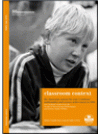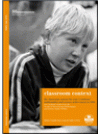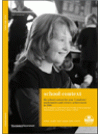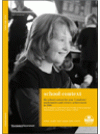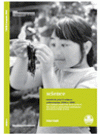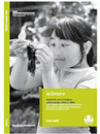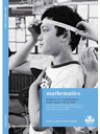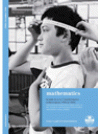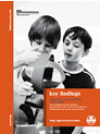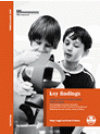The Trends in International Mathematics and Science Study (TIMSS) measures trends in mathematics and science achievement at the fourth and eighth grades (Years 5 and 9) as well as monitoring curricular implementation and identifying the most effective instructional practices from around the world. This is the fourth cycle and, New Zealand is one of nearly 60 countries to take part. New Zealand participated in TIMSS 2006/07 at the Year 5 level only.
Purpose
TIMSS is organised around two aspects: content or subject matter within mathematics and science; and the cognitive or thinking processes involved when answering questions.
The mathematics content dimensions are:
- number, geometric shapes and measures and data display at middle primary level
- number, algebra, geometry (including measurement) and data and chance at the lower secondary level.
The science content dimensions are:
- life science, physical science (aspects of chemistry and physics) and Earth science at the middle primary level
- biology, chemistry, physics, and Earth science at the lower secondary level.
Three cognitive areas were assessed in both mathematics and science and were defined under three broad descriptions, with each encompassing skills and behaviours specific to mathematics or science areas: knowing, applying, and reasoning.
Methodology
Each student answered sets of mathematics and science questions in a booklet. There were 14 different booklets at each education level. The different booklets meant that more subject-matter could be covered without making the test longer for an individual student. Some questions were closed (i.e., students selected an answer from those provided) and some questions were open (short answers or extended answers with explanations).

